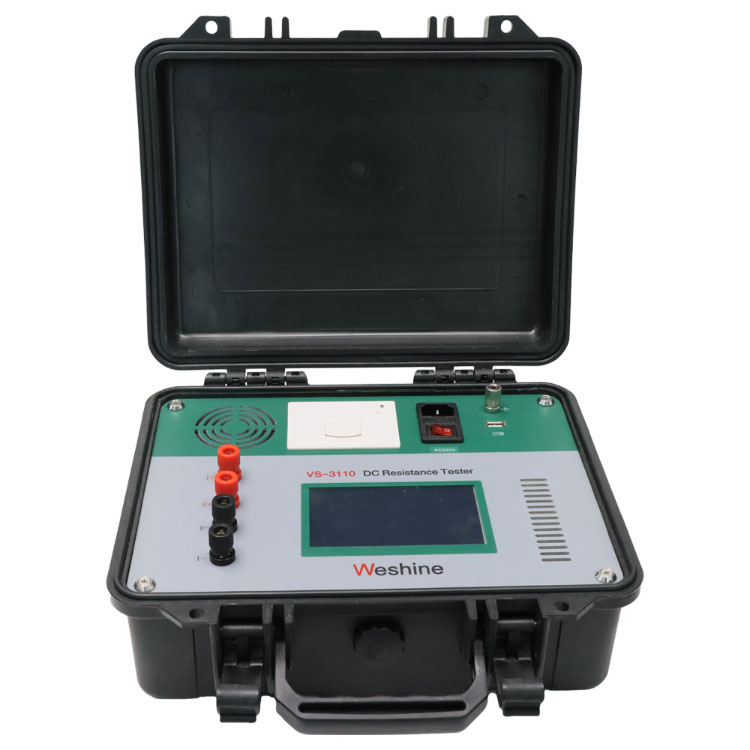Why Transformer Testing Is Essential: A Guide to Methods and Benefits
2025-06-18
Transformers play a crucial role in electrical power systems by stepping voltage up or down to ensure safe and efficient power transmission. To guarantee the reliability and safety of transformers, regular testing is essential. In this blog, we’ll explore what transformer testing is, the types of tests commonly performed, and why they matter.

What Is Transformer Testing?
Transformer testing involves a series of inspections and measurements carried out on power or distribution transformers to verify their performance, condition, and safety. These tests are designed to detect defects, ensure compliance with industry standards, and prevent failures that can lead to costly downtime or accidents.
Testing is typically categorized into two main groups:
Type Tests: Performed on a prototype to verify design and performance.
Routine Tests: Conducted on every transformer to confirm proper manufacturing and operation.
Common Types of Transformer Tests
1. Insulation Resistance Test
This test measures the resistance of the transformer’s insulation system using a megohmmeter. High insulation resistance indicates good insulation, while low resistance can suggest deterioration or moisture ingress.
2. Turns Ratio Test (TTR)
This test checks the voltage ratio between the primary and secondary windings. Any deviation from the expected ratio could indicate a shorted turn or tap changer problem.
3. Winding Resistance Test
This test measures the resistance of each winding to identify issues like loose connections or shorted turns. It's often performed using a DC current and precision micro-ohmmeter.
4. Dielectric (Hi-Pot) Test
A high-voltage test applied to verify the insulation strength. It helps confirm the transformer's ability to withstand overvoltage conditions without breaking down.
5. Oil Analysis (for Oil-Filled Transformers)
The insulating oil is analyzed for moisture, acidity, dielectric strength, and dissolved gases. Dissolved Gas Analysis (DGA) is particularly valuable for detecting internal faults like overheating or arcing.
6. Sweep Frequency Response Analysis (SFRA)
SFRA detects mechanical changes in the winding structure caused by transportation or short circuits. It compares the frequency response of a transformer before and after installation or operation.
Why Is Transformer Testing Important?
Prevents Failures: Regular testing can detect minor issues before they evolve into major problems.
Ensures Safety: Faulty transformers pose a risk of fire, explosion, or electric shock.
Extends Lifespan: Early diagnosis of wear and tear helps in timely maintenance, prolonging the transformer's service life.
Compliance with Standards: Testing ensures that transformers meet national and international standards (e.g., IEEE, IEC).
Reduces Downtime: Scheduled tests allow planned maintenance, avoiding unexpected outages and business disruption.
When Should You Perform Transformer Testing?
Before commissioning: To verify quality and correct installation.
During routine maintenance: Typically every 1–3 years, depending on the criticality of the transformer.
After faults or unusual events: Such as lightning strikes or overloads.
Before and after relocation: To check for damage caused during transit.
Final Thoughts
Transformer testing is a critical aspect of power system reliability. By using a combination of electrical, mechanical, and chemical tests, asset managers can gain a clear picture of a transformer’s condition and performance. Whether you’re running a power plant, industrial facility, or commercial building, regular transformer testing is a smart strategy for safety, efficiency, and peace of mind.


